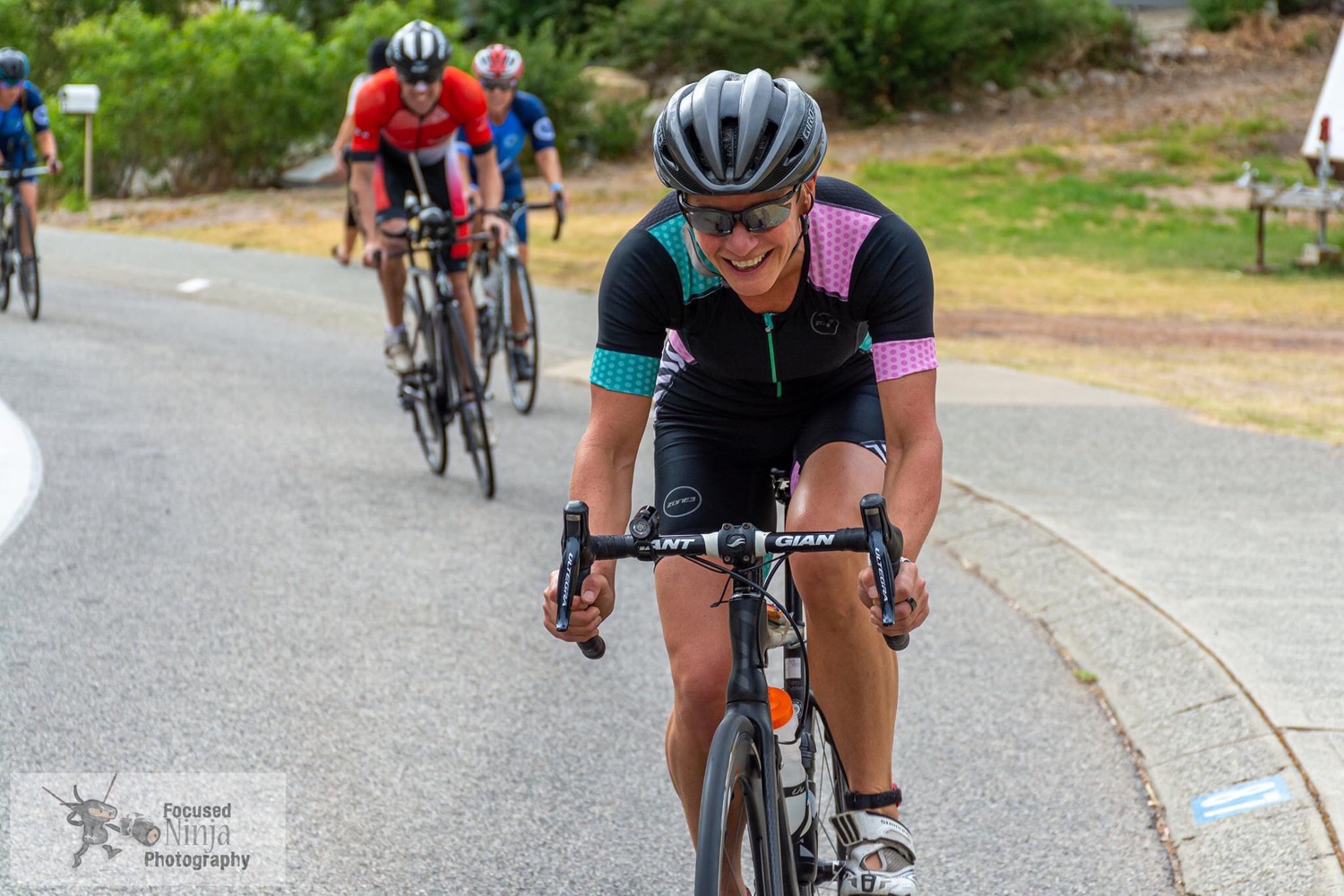Propulsion in swimming isn’t about muscling through—it’s about grip and timing.
- Alison Smith
- Jan 16
- 3 min read
Inspired by a video 1-1 I did this week with a very competent swimmer who can swim 1:35min/100m in the pool but feels gassed out when he takes the pull buoy out and uses his legs, I have plagarised this recent blog by Paul Newsome to talk about over gliding and missing an effective catch.
The good news? With the right focus, you can fix this and start generating smooth, powerful propulsion without working harder.
1. Early Vertical Forearm (EVF): The Key to a Strong Catch

One of the most effective ways to create propulsion is mastering an Early Vertical Forearm (EVF). Here’s how:
After your hand enters the water, keep good tone and stretch forwards in line with your shoulder. Don’t rush this phase—reach with purpose.
Then, bend at the elbow to drop your forearm into a vertical position early in the pull. Your forearm and hand should “press back” against the water, not push down. I like to initiate this with a subtle tipping down of the fingertips to feel like I’m “gathering the water”.
🔑 Visual Cue: Imagine you’re holding onto a barrel just in front of you and pulling yourself past it, rather than pushing water towards your feet.
❗ Common Mistake: Pressing down on the water flattens your body and wastes effort. Instead, focus on anchoring your hand and forearm against the water to move you forwards.
2. Feel The Catch: Hold, Don’t Push
To create effective propulsion, you’re not trying to move water back as such—you’re trying to hold water firmly and pull your body forwards over it.
How to Build the Feel of the Catch:
Slow things down: Take a step back and swim at an easy pace to focus entirely on your catch.
Feel pressure against your palm and forearm as you initiate the pull. This pressure tells you your hand is anchoring properly.
Drills to Improve Your Catch:
Sculling Drill: Focus on subtle forearm and hand movements that let you feel how water moves around your hand.
Doggy Paddle Drill: Swim with a high-elbow catch and short, powerful pulls while keeping your head above the water.
🔑 Swim Smooth Tip: If you’re rushing your pull, you’ll lose hold of the water. Slow down and focus on the sensation of holding pressure. Over time, this feel will become second nature.
3. Eliminate Dead Spots: Don’t Glide Too Long

A common fault that kills propulsion is a dead spot or a pause at the front of your stroke. Gliding for too long may feel smooth, but it creates a loss of momentum and interrupts your rhythm. You will find other coaches telling you to glide for longer, but there is a fine balance between taking the catch and wasting time at the front of the stroke and not doing anything!
Fixing the Pause:
Think of your stroke as a smooth, continuous cycle: Reach—Catch—Pull.
Avoid “waiting” at the front. Instead, transition seamlessly into the catch phase.
🔑 Visual Cue: Imagine your hands are on a conveyor belt—they’re always moving, with no stoppages or jerky motions.
❗ Watch Out For: Over-gliding is often paired with dropping the elbow or pushing down at the start of the stroke. Focus on keeping the catch high and early.
Efficiency Over Strength: Swim Smarter, Not Harder
The better your catch, the more propulsion you’ll generate without needing to muscle through the water.







Great post Alison